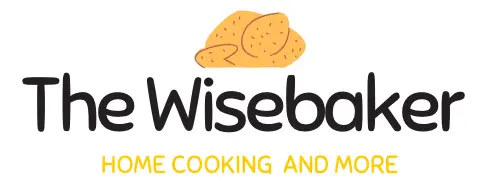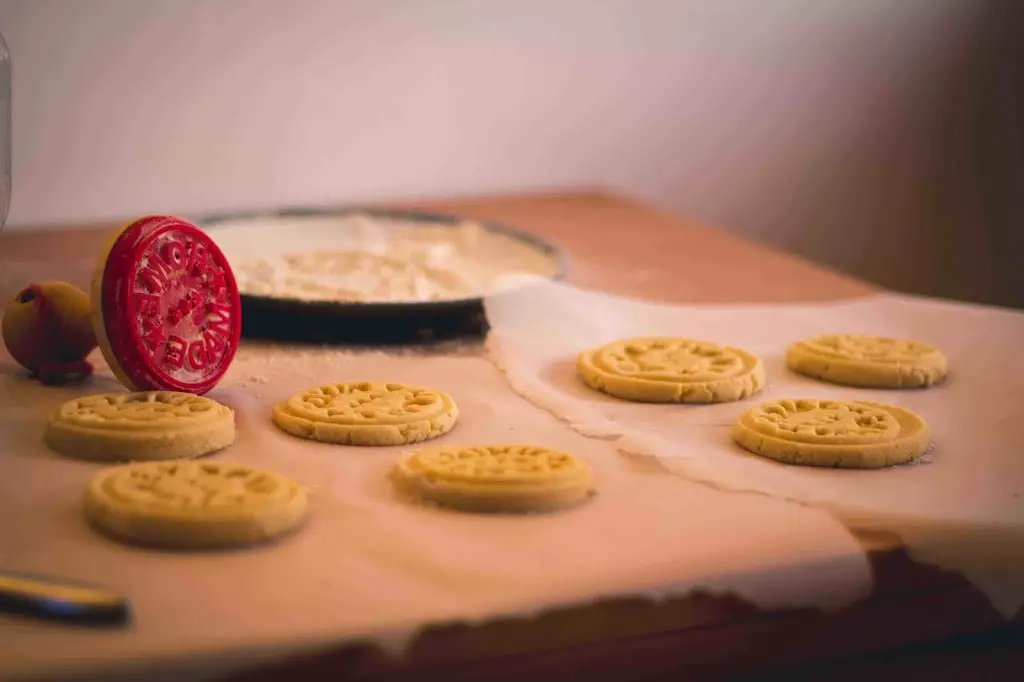Almost anything that touches our food and has gone through some sort of manufacturing process is subject to scrutiny these days.
This means every single utensil, food appliance and selected staples in the kitchen! And that’s a good thing.
It’s a sign we’re waking up, which is especially good for our well-being and also the safety of the environment, because manufacturers are deceitful! Not all of them, but an overwhelming majority!
Parchment paper is one of those of kitchen staples we’re talking about, and we’ve done a thorough review on it so you know exactly where it stands!
Is parchment paper safe?
Unbleached parchment paper is safe to come in contact with food but the chlorine bleached variant isn’t entirely safe. The reason is because, there is a likelihood that it will transfer trace amounts of toxic substances known as dioxins into food during cooking or storage.
These amounts aren’t really harmful per-se, but dioxin are persistent and can last longer than 7 years in humans. Constant exposure in this manner means that they could easily accumulate to toxic levels in the body and eventually present a health risk to people (1, 2, 3, 4, 5).
More on dioxins
During the production process of chlorine bleached papers (including parchment papers), toxic compounds know as dioxins are created as effluents. These persistent chemicals which take longer time to break down once released into the environment end up contaminating fishes in the river, soil, air and fatty tissues in animals. The highest concentrations are mostly detected in soils, sediments and many food items — especially diary products, meat, fish and shellfish (2, 6, 7).
When these contaminated foods are consumed by humans, the toxic dioxins can transfer to the fatty tissues in the body and cling onto them for as long as 7-11 years (2). Constant exposure in this manner, means that they can build up to toxic levels in the body (if not from the first exposure) and present a health risk to people.
In addition to that, finished products made from this process can also contain these dioxins which can transfer into the body through the various ways in which the products are used.
Even though the amounts transferred are infinitesimally small and do appear to present any health risk to people, the toxic potential of dioxins and their very persistent nature makes the insignificant exposure from these bleached papers not worth the risk. They could accumulate to a toxic level over a lifetime and eventually present their health effects.
Nowadays, chlorine free processes are employed in paper industries to reduce the creation and emission of these harmful chemicals into the environment (8).
They are called processed chlorine free papers and the finished products from these processes hardly ever contain any harmful dioxins or compound that can migrate into the body and be a source of concern for individuals.
Consumers may choose to avoid the small exposure from chlorine bleached papers, by opting for these products, unbleached paper products and others made from processes that are dioxin free (8, 9 ).
Is parchment paper Eco-friendly?
The question whether parchment paper is Eco-friendly actually depends on a lot of things including how the parchment paper is manufactured.
- Parchment paper made from 100% recycled materials such as rags, sugarcane waste, or through other non-fiber sources, can be considered Eco-friendly.
- If the wood pulp used to produce the paper is sourced from a well-managed forest, it can be classified as Eco friendly.
- If parchment paper is made without releasing toxic chemicals at percentages that could harm the environment, it can be classified as Eco-friendly.
Parchment paper made from freshly cut woods in a poorly managed forest is not Eco-friendly.
Recyclability of parchment paper
Culinary parchment paper manufactured today is mostly coated with silicone to give it a non-stick and heat resistant property.
As with other coated forms of paper (i.e, wax paper), it becomes difficult to recycle the paper since the coating can not easily be removed during the recycling process (10).
This is also why grease or oil stained papers are regarded as wastes; the grease or oils on them can ruin a batch of recycled pulp during the recycling process.
Compostability of parchment paper
There really isn’t any direct research on the compostability of the silicone coating on parchment paper, so it’s difficult to say whether it should or should not be added to the compost pile. Since the compostability of parchment paper is ambiguous, it’s better to err on the side of caution and put it in the trash (10).
Is parchment paper safe to use in ovens?
That said, here are the safety tips for using parchment paper in ovens:
- In gas ovens: Never expose a parchment paper too close to an open flame (broiling or grilling) or allow it to scratch or touch the walls of a preheated oven. It can ignite and ruin whatever you are cooking. The best way to ensure this, is to always use pre-cut fits of parchment paper or trim and tuck excess edges from oversize ones.
- In electric ovens: Never expose a parchment paper too close to the heating elements (broiling or grilling). The temperature of the heater is far too hot for a parchment paper to handle.
- Avoid re-using clean sheets of parchment paper more than three times, especially for high heat recipes. The paper can disintegrate in the oven and ruin whatever you are cooking.
- Any sheets of parchment paper that has brittled or smoked from previous applications should not be reused in the oven.
Read more: Can parchment paper go in the oven?
Is parchment paper safe to use in microwave ovens?
Here are some tips for using parchment paper in microwave ovens
- If you have a conventional microwave oven, make sure you wrap the parchment paper tightly around the microwave safe dish, to prevent the fan from blowing the paper off from the surface of the food.
- Always cut the right amount of parchment paper to prevent wastage.
Read more: Can you use parchment paper in microwave ovens?
Is parchment paper safe to use in toaster ovens?
Toaster ovens heat up pretty much like electric ovens do, so the uses and risks are almost the same.
One addition however, is that because the inside of a toaster oven is invariably smaller compared to that in a conventional oven, care must be taken to ensure than no part of the parchment paper directly touches the heating elements or walls of the oven.
This can be achieved by using pre-cut fits of parchment paper or trimming and tucking the excess edges from oversize ones.
What to use parchment paper for in toaster ovens:
- Wrap food items like salmon or chicken legs in parchment packets and cook on the baking tray.
- Use parchment paper to line baking trays for easier cleaning. Make sure the paper doesn’t get too close to the heating elements or touch the walls of the oven. It can ignite and burn.
Is parchment paper safe to use in air fryers?
You can use parchment paper in air fryers to speed up cleaning. Just line the bottom of the basket with a perforated parchment paper (paper with holes on it) and place the food items directly on it.
A safety tip is to always ensure that the paper is properly tucked into the basket and no edges are left hanging, this will help prevent any possible fire hazard.
In case you are wondering how to make perforated parchment papers, simply fold one edge of the paper (height) against the rest of body at different intervals and use a scissors to cut out little moon shapes at different positions.
For proper heat circulation and efficient results, you should invest in a perforated parchment paper. You can buy it online or at your local stores.
For Reference:
- Webb, F. and Whitney, E. (2012). Nutrition. 12th ed. Belmont, Calif.: Wadsworth Cengage Learning, p.486.


This article was very comprehensive and laid out. 😊 Thanks so much!
You’re welcome Sierra 🥰